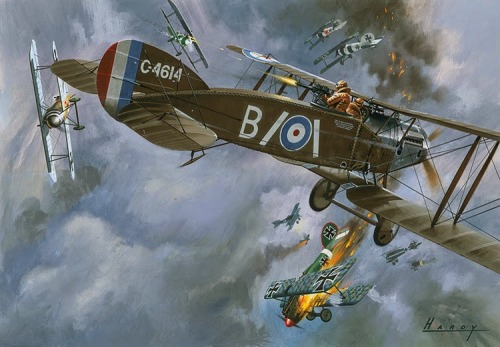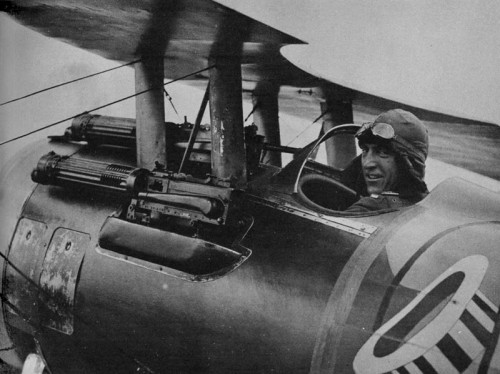peashooter85:World War I dogfighting and the Synchronization Gear, Originally during World War I, ai
peashooter85:World War I dogfighting and the Synchronization Gear, Originally during World War I, airplanes were originally used for reconnaissance purposes; to scout out and map enemy positions or direct artillery fire. Then pilots began firing pistols, rifles, and shotguns at enemy planes. Then they had the idea to mount machine guns, operated by a spotter/gunner in the rear seat. Then militaries had the idea of designing and fielding specially made planes with forward mounted machine guns whose only purpose was to shoot down other planes. When those “fighters” began to do battle with other “fighters”, the art of “dogfighting” began. There was only one problem, how do you shoot a machine gun through a propeller?One of the first solutions to this problem was to mount the plane with an armored propeller that would deflect bullets. This was obviously far from a perfect solution. It was only a matter of time before the propeller wore out and failed. In addition, the extra weight put added stress on the engine and crankshaft, and there was always the risk of ricochets striking the pilotThe solution to this problem was the invention of the synchronization gear, a device which prevented a plane’s machine guns from firing when the propeller was in the way. There were a few pre-war designs, and several designs used by both the Allies and Central Powers, but the first practical and reliable design was invented by Dutch aircraft designer Anthony Fokker in 1915.For the next year, the German Air Force had a great tactical advantage over the Allies, an event which was called the “Fokker Scourge”. During this period, the Allies either had to mount machine guns on the top of the wing, use armored propeller blades, or use unreliable synchronization gear designs. By 1916, the Allies had developed their own comparable synchronization gear, evening the playing field. Over time, a number of improvements were made to the Fokker synchronization gear and other designs. The end of the synchronization gear’s usefulness came with the coming of the jet age. -- source link

